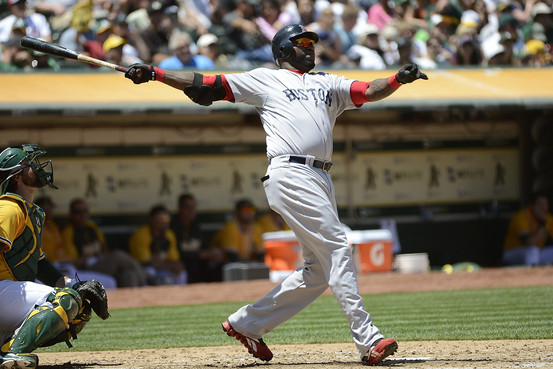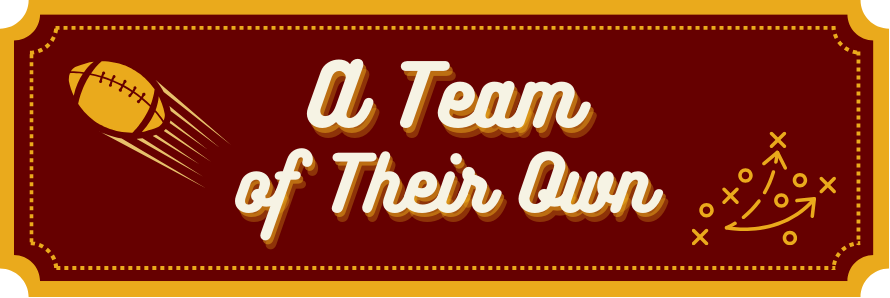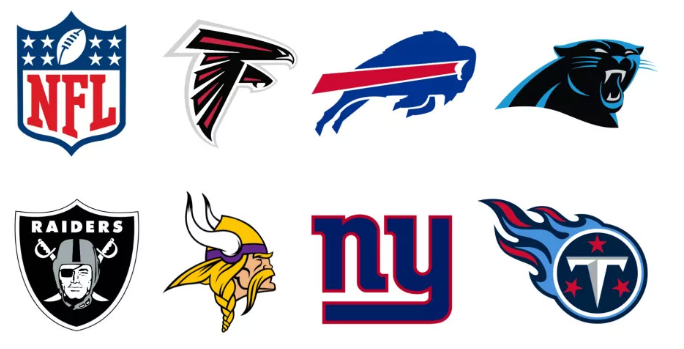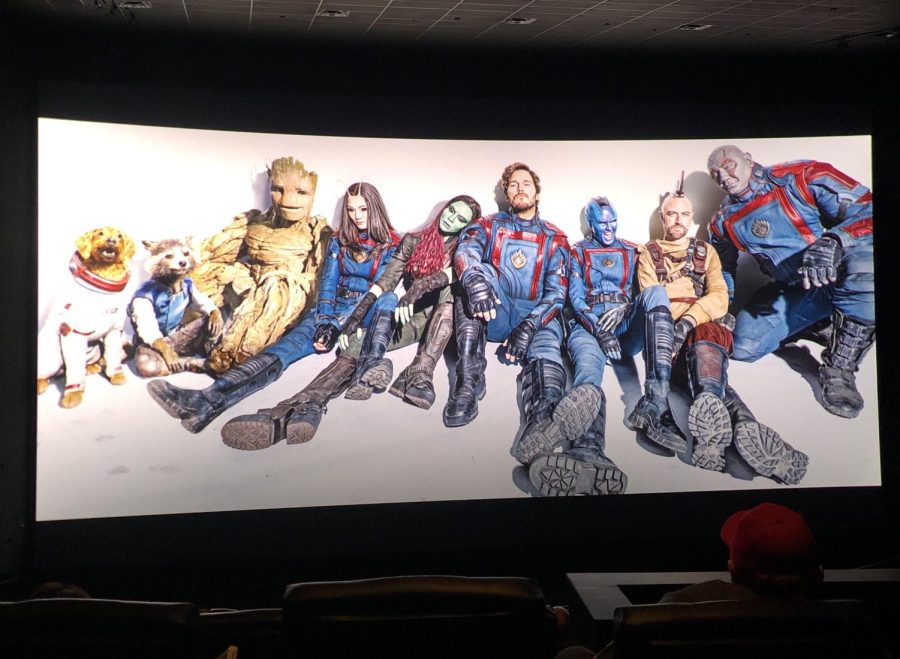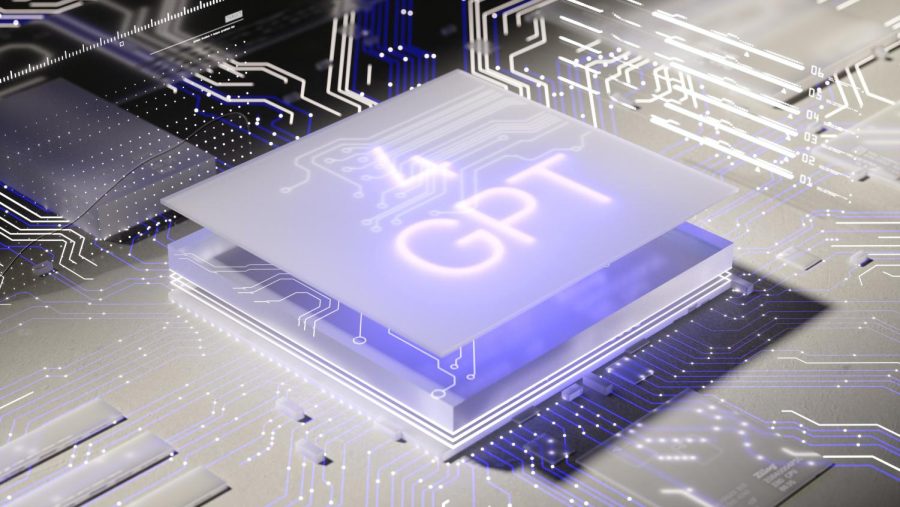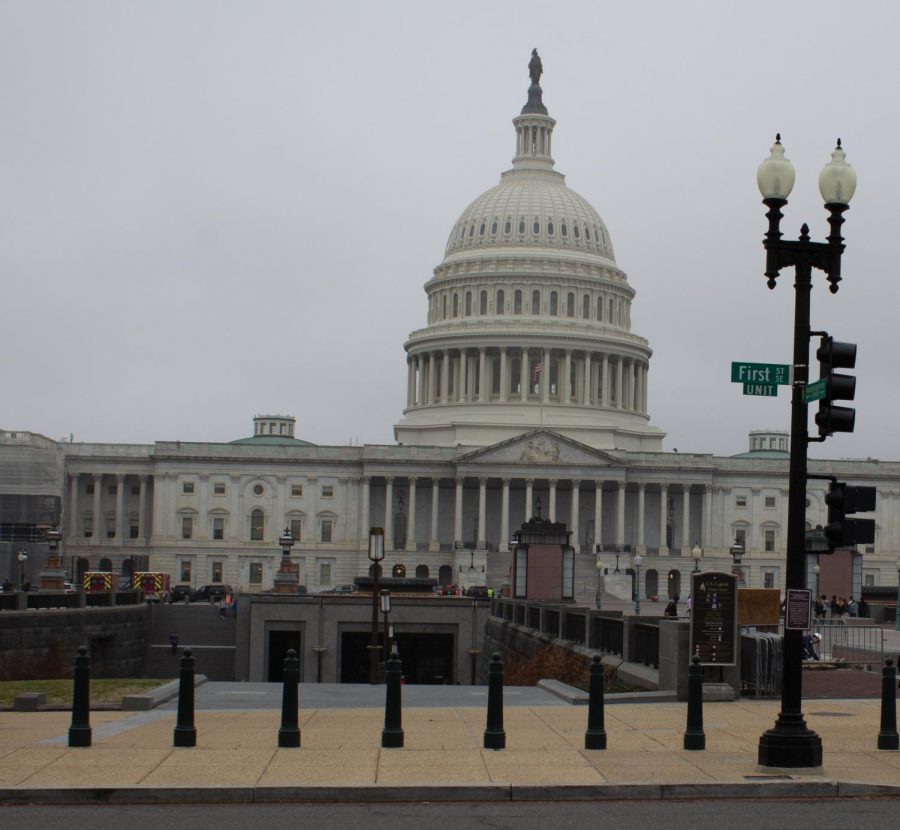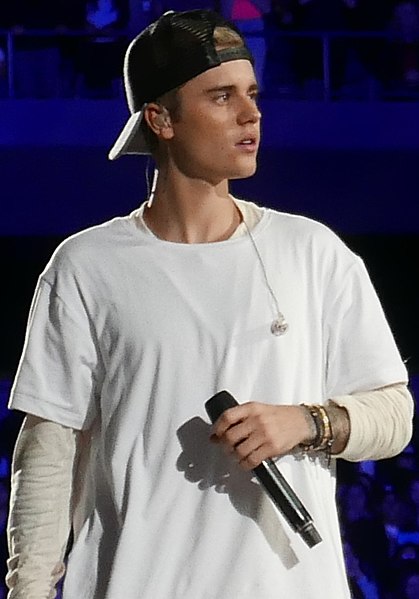More so than almost ever before, Major League Baseball is in need of a serious offensive pickup.
With a youth fan base that is growing more and more disillusioned, the need for change in baseball is absolutely screaming. As is the case with any big sport, nothing draws up more excitement than offense, and in the case of the MLB, that offensive boost could be provided with a very simple solution: universal adoption of the designated hitter.
In the 2014 season, the average MLB team scored under 4.1 in a game, the lowest such mark since the year 1981. More hitters strike out in an average game than ever before. Batting averages have dipped as well, with the .252 league average in 2014 representing the lowest since the year 1972.
Following that ‘72 season, however, the league implemented an experimental change which in hopes of boosting offense in the game. This change, which wound up becoming one of baseball’s most controversial rules, was the implementation of the designated hitter.
Originally viewed as a chancy experiment to boost attendance in a low-revenue era, the designated hitter (or DH) rule eventually became a trademark of the modern game. The theory behind the rule is extremely simple: the pitchers, who generally are the worst batters on a team, are replaced in the batting order by a non-fielding player who serves only to hit in the pitcher’s spot.
As early as its first season of adoption, the rule made waves in offenses across the game. The designated hitters of 1973 collectively batted many points higher than the pitchers they’d replaced from the year before.
Not only did this new rule remove the weak-hitting pitcher from the lineup, it replaced him with a far more capable hitter who may not be able to get in the order otherwise. Whether he was too old or slow to play well in the field, or simply because there was another good hitter blocking him at his position, before the DH was implemented, many great batters had a difficult time getting in the lineup.
Since its advent, though, many a great batter has been able to extend his career at the plate as a designated hitter (see Alex Rodriguez), and numerous others have even made their living at the spot, such as Edgar Martinez, or fan favorite David Ortiz.
The advantages of the designated hitter position are extremely clear. As the game stands today, however, these benefits are only enjoyed by half the teams in the MLB, as the rule has been adopted exclusively in the American League.
In the eyes of some baseball traditionalists, it is commendable that the National League hasn’t succumbed to the corruption of the designated hitter, and that they continue to have the pitcher bat. In reality, though, the remarkable feat is how unhelpful it is to have a pitcher consistently bat in the lineup. In 2013, for instance, National League pitchers hit for combined batting average of .132. Even with the average hitter batting a lowly .253 that year, the pitchers’ mark was still resoundingly horrendous.

Aside from pitchers being utterly unproductive at the plate, their time at the plate can be detrimental to their pitching stats, or even dangerous to their career. Working towards being a great major league pitcher is a job which requires immense focus, and such menial tasks as becoming a serviceable major league hitter are only blocking a pitcher from pursuing their real goals.
Going to the plate can even be a health risk to pitchers, as there are more opportunities at injury by going to bat. As recently as this past April, St. Louis Cardinals ace Adam Wainwright was taken out for the season after rupturing his Achilles tendon in an effort towards first base after a pop out at the plate. Wainwright, who was leading the Cardinals’ pitching staff at the time with a 1.44 ERA, lost his chance at pitching through the playoff stretch at the expense of getting some at-bats.
The designated hitter is undoubtedly a significant position, and one which deserves to be adopted across the game. Although it would be to the chagrin of baseball’s traditional followers, and would indeed constitute some serious rule changes for the National League, the benefits of implementing the designated hitter are too clear to ignore.
For the sake of offense in the game, for the excitement that young baseball fans need, and for the health and performance of pitchers across the game, it’s time for the MLB to universally adopt the designated hitter.



